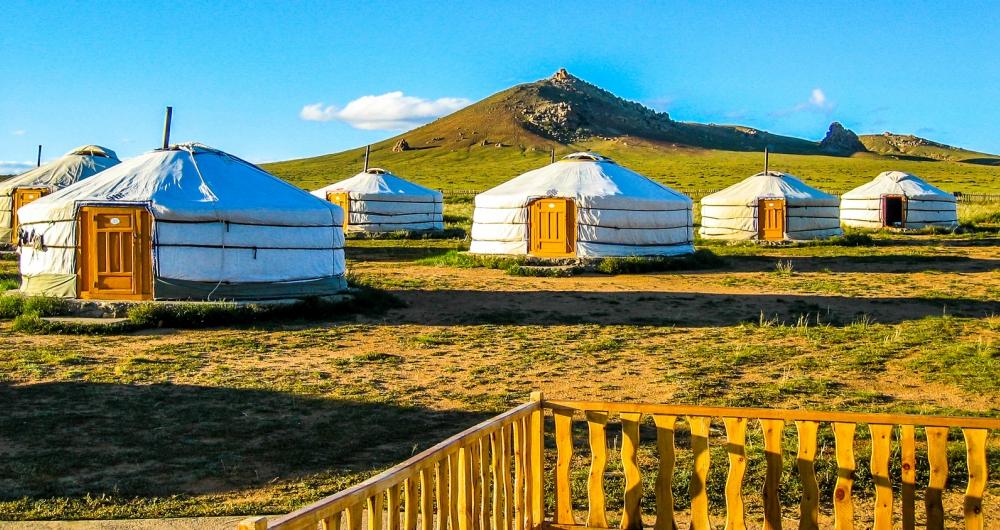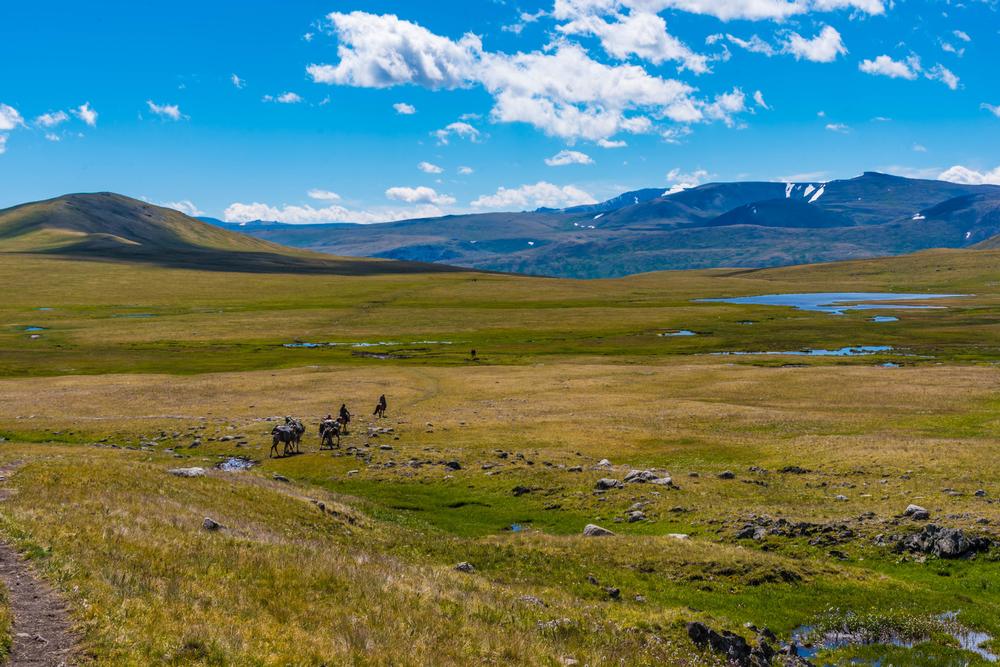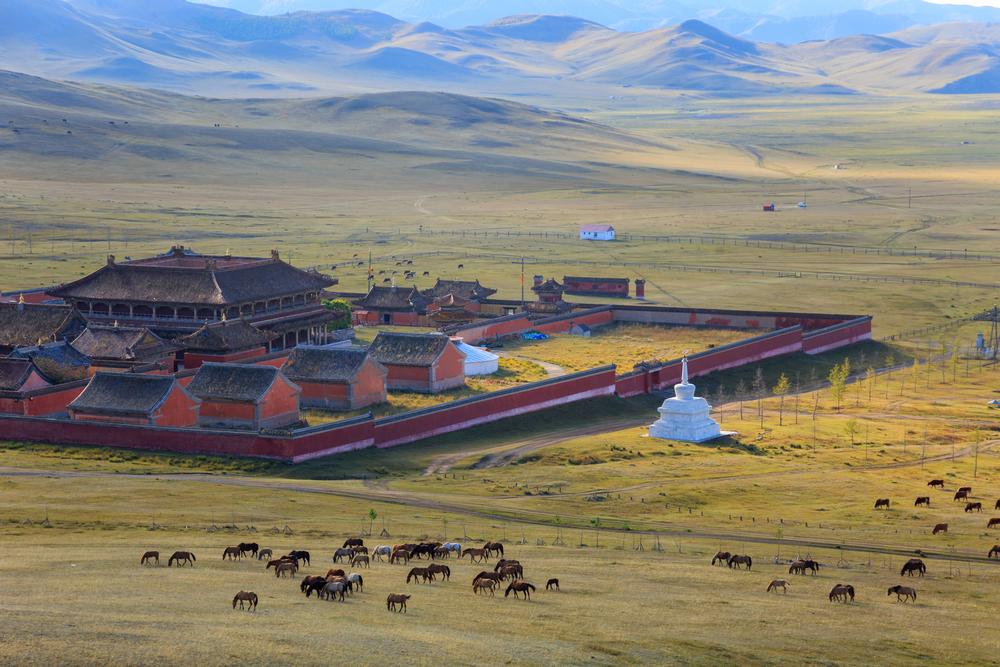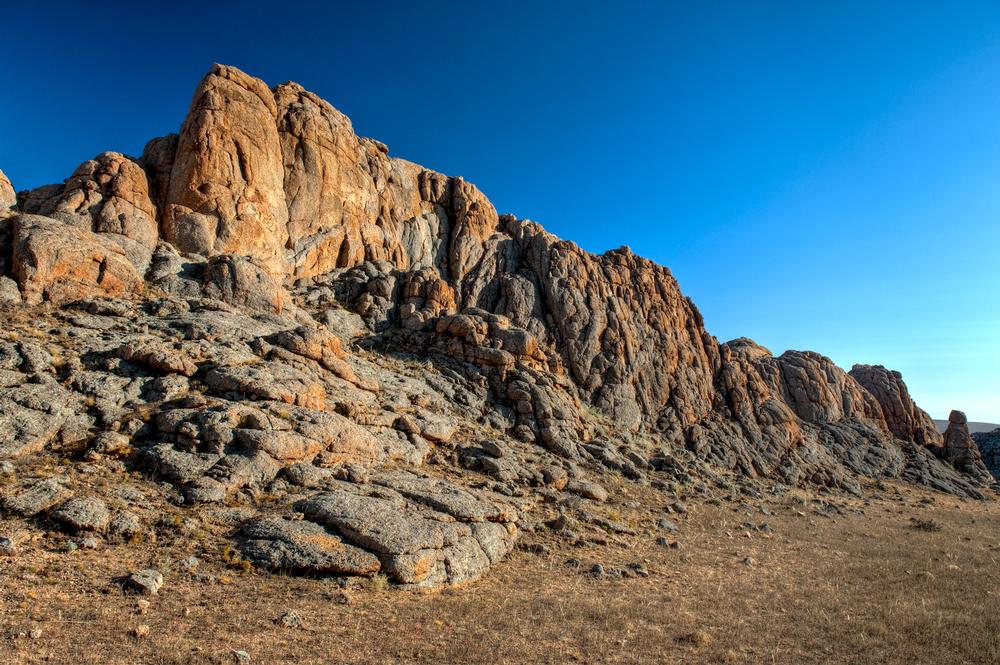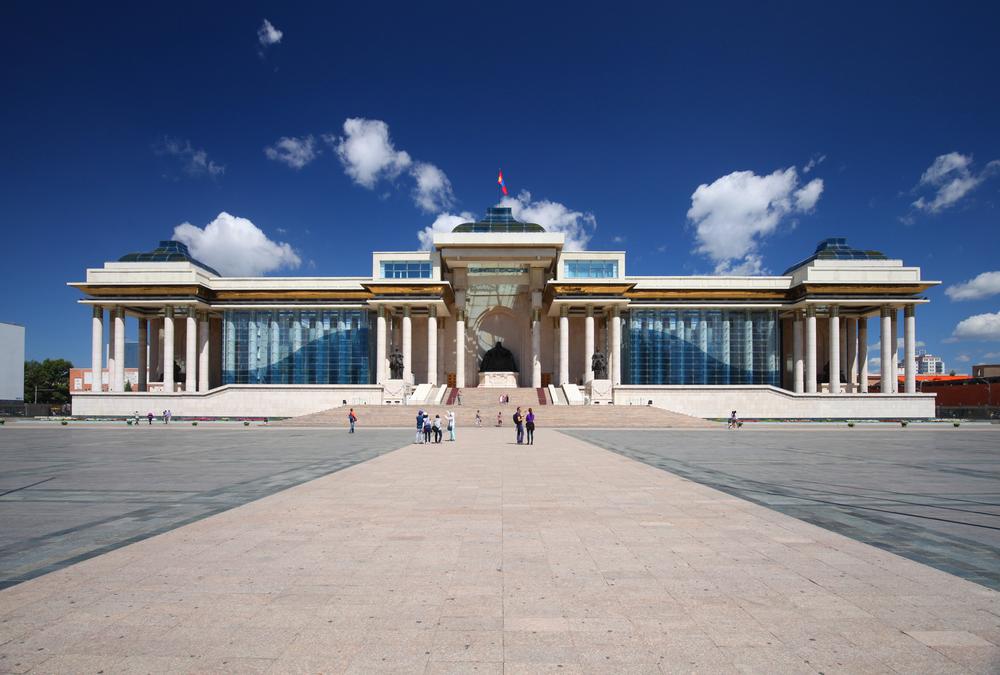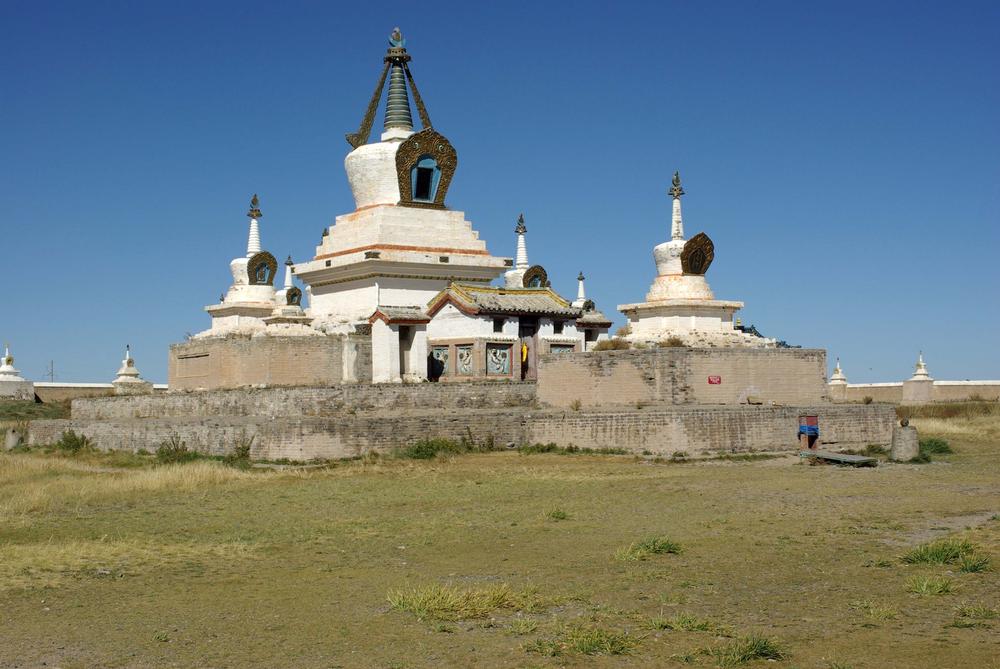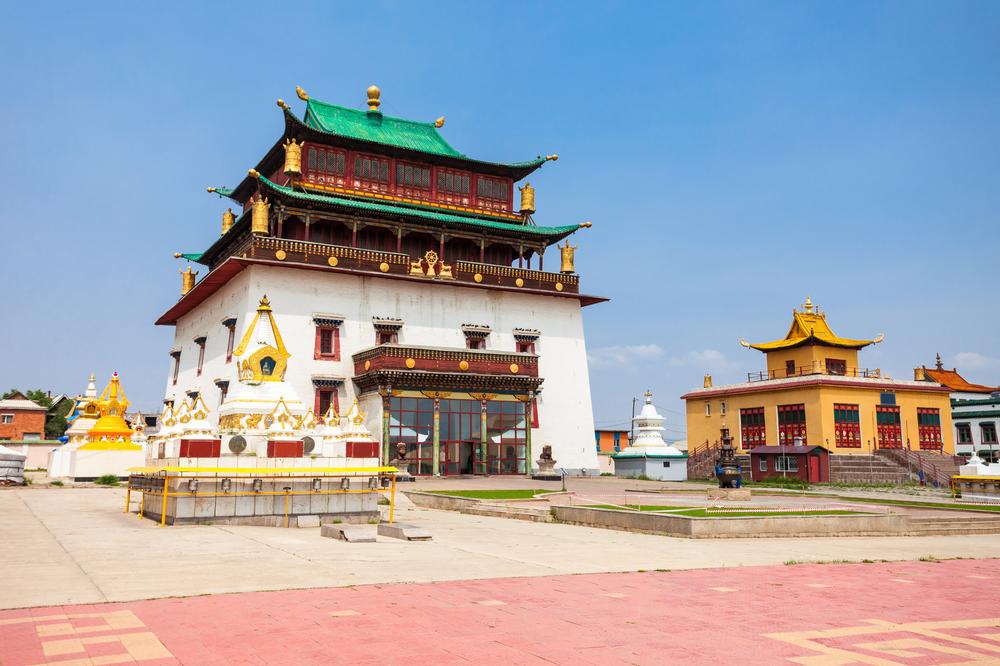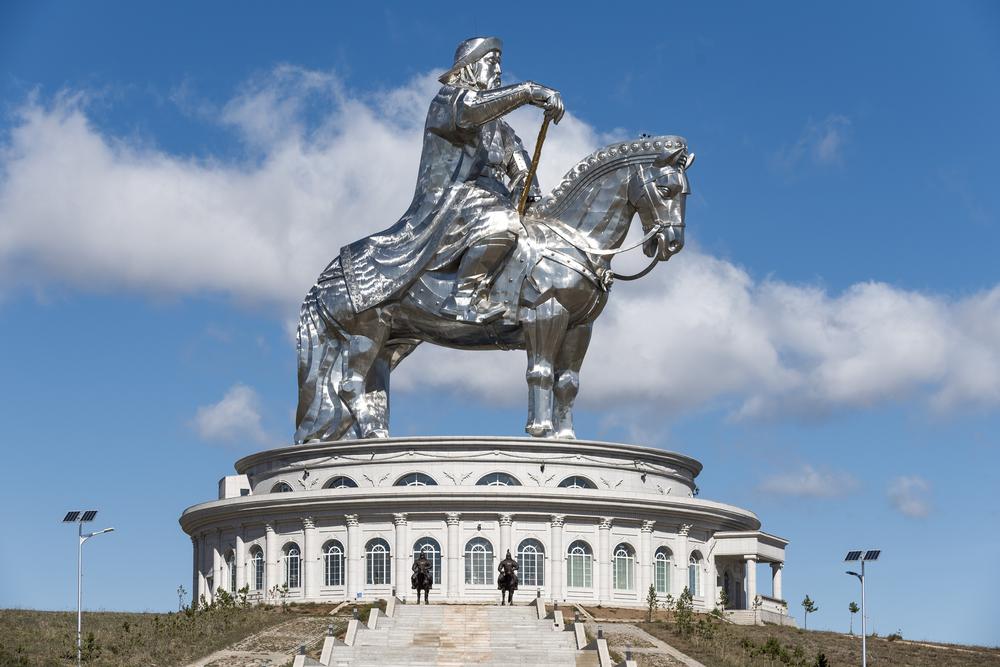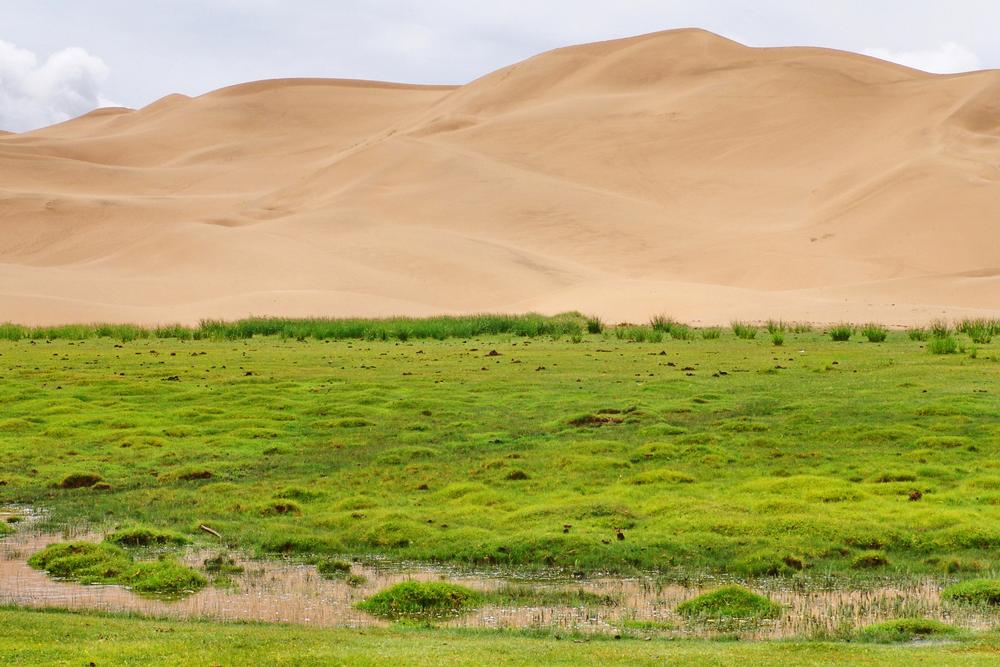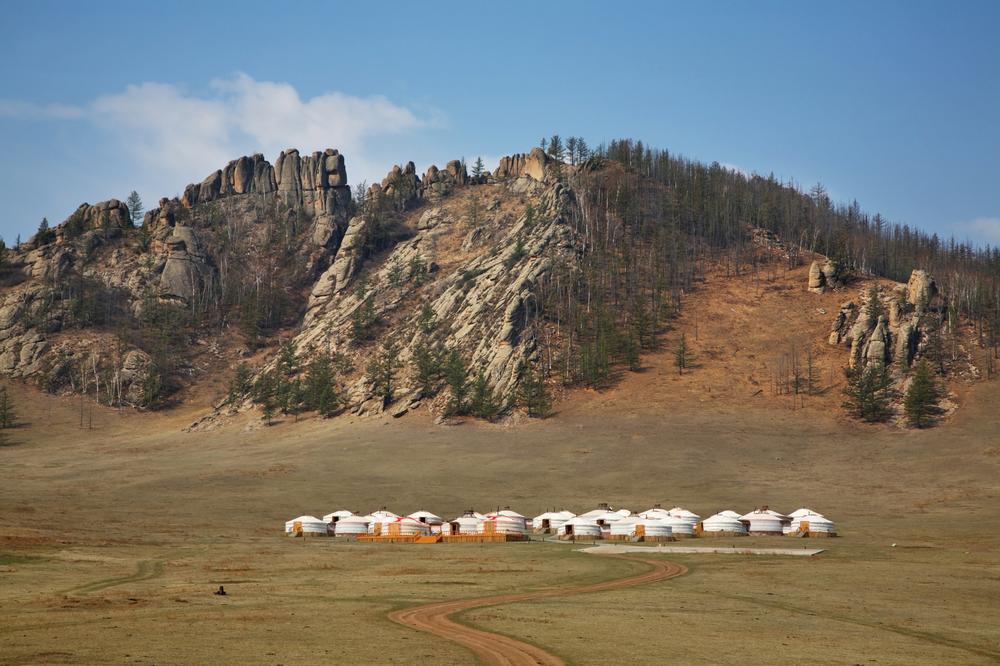Dreaming of open steppe, nomadic traditions, and untouched landscapes? Head to Mongolia! Known for its dramatic scenery, Gobi Desert, and centuries-old heritage, Mongolia offers a one-of-a-kind adventure for travelers seeking authenticity and wilderness. Whether you're riding horses across grasslands or sleeping in a traditional ger, Mongolia is unforgettable.
Mongolia Highlights:
- For Nature Lovers: Roam the plains of Terelj National Park – Hike granite cliffs, visit Buddhist temples, and ride horses through open landscapes.
- For Adventurers: Explore the Gobi Desert – Camel trek across sand dunes, discover flaming cliffs, and camp under the stars.
- For History Buffs: Visit Karakorum and Erdene Zuu Monastery – Explore the ruins of the Mongol Empire's ancient capital and its sacred sites.
- For Culture Seekers: Experience nomadic life with a local family – Stay in a ger, taste traditional foods, and learn centuries-old customs.
- For Wildlife Watchers: Spot wild horses in Hustai National Park – See the rare Przewalski’s horse in its native habitat.
When I like to visit Mongolia
The best time to visit Mongolia is in the summer (June–August), when the weather is warm and festivals like Naadam take place. Spring and fall (May or September) offer mild temperatures with fewer tourists. Winter is extremely cold but ideal for snow landscapes and eagle festivals in the west.
Tips for getting to Mongolia
- By Air: Chinggis Khaan International Airport (UBN) near Ulaanbaatar has flights from South Korea, China, Germany, Turkey, and Russia.
- By Train: The Trans-Mongolian Railway connects Moscow and Beijing via Ulaanbaatar.
- By Road: Border crossings from Russia and China are possible but require local transport coordination.
Where I like to stay in Mongolia
- Recommended for Cultural Experiences: Ger Camps – Stay in traditional felt tents (gers) with meals and guided treks included.
- For Urban Comfort: Shangri-La Ulaanbaatar – Luxury hotel in the heart of the capital with modern amenities and mountain views.
- For Budget Travelers: UB Guesthouse & Hostel – Affordable lodging and reliable tour booking for backpackers and solo travelers.
Best Things to Do in Mongolia
Where I Like to Eat in Mongolia
- Recommended for Traditional Fare: Modern Nomads (Ulaanbaatar) – Sample khuushuur, buuz, and hearty stews in a traveler-friendly setting.
- For Contemporary Mongolian Cuisine: BD's Mongolian Grill – Create-your-own stir-fry with local ingredients in a casual atmosphere.
- For International Options: Rosewood Kitchen + Enoteca – Cozy, Western-style bistro with seasonal dishes and fine wine.
My favorite local events:
- For Sports and Culture: Naadam Festival (July) – Celebrate Mongolia's "Three Manly Games" in Ulaanbaatar and local towns.
- For Wildlife Fans: Golden Eagle Festival (October) – Witness eagle hunters compete in western Mongolia’s Bayan-Ölgii Province.
- For Spiritual Observers: Tsagaan Sar (February) – Celebrate Mongolian Lunar New Year with traditions, family visits, and food.
Day Trip Itineraries Within 30–90 Minutes of Ulaanbaatar:
- For Spiritual Sites: Gorkhi-Terelj National Park (1 hr) – Rock formations, the Aryapala Meditation Temple, and hiking trails.
- For Historical Views: Chinggis Khaan Statue Complex (1 hr) – Climb to the horse’s head for panoramic steppe views.
- For Relaxation: Tsonjin Boldog (90 min) – Enjoy wide open landscapes, riverside picnics, and horse riding near nomadic camps.
- For Culture: Bogd Khan Mountain and Museum (30 min) – Hike the sacred peak or visit the palace museum of Mongolia’s last king.
- For Wildlife: Hustai National Park (90 min) – Spot the rare Takhi horses and explore grassy valleys and hills.
Plan Your Trip


